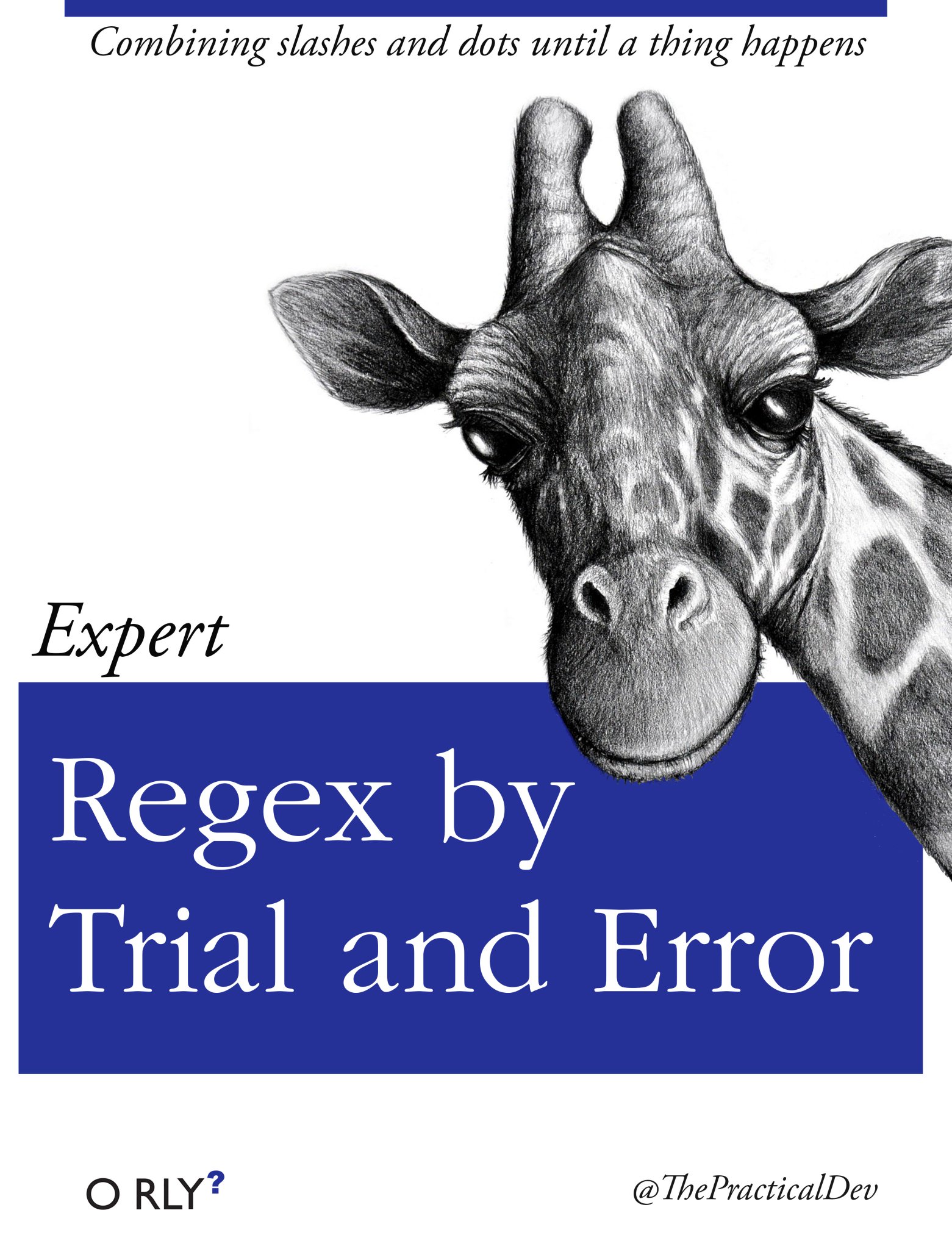Summary of Chapter 5
- Regular expressions allow to extract text that matches a pattern
- You write the pattern using a special notation (metacharacters)
- You use the pattern to search in the text, producing a “match” or extracting all occurrences
Uses:
- Parse semi-structured files
- Extract information from free text
- More sophisticated find-replace
- …
Strengths:
- One line of code can do a lot!
- Very fast
- Well-implemented in Python (cfr. R)
Weaknesses:
- Very difficult to debug
- Can be hard to write the “perfect” regex
What you want to be doing:

What you don’t want to be doing:

Basics
import re # need to load module
# "literal" match --- match exactly what you wrote
re.findall(r'a', 'ciao') # returns ['a']
re.findall(r'99', '1099099') # returns ['99', '99']
Metacharacters
\nmatch a new line\tmatch a tab\smatch a space\dmatch a digit (0123456789)\wmatch a “word character” (a-z, A-Z, _, 0-9).match any character (note: no backslash — to match a dot use\.)[abc87]match any of the characters between the brackets[a-z]match any character betweenaandz[^ATGC]do not match charactersATGC\bmatch word boundary (used to detect full words)
re.findall(r'\w\n\w', 'This is a line\nThis is another line')
# returns ['e\nT']
re.findall(r'\d\.\d.', '12.3456')
# returns ['2.34']
Quantifiers
?match 0 or 1 time*match 0 or more times+match 1 or more times{5}match exactly 5 times{5,}match at least 5 times{5, 7}match between 5 and 7 times (included)
re.findall(r'\d*\.\d{,2}', '123.45678')
# returns ['123.45']
re.findall(r'\d*\.\d*', '12345678')
# returns []
Anchors
$match at the end of the line^match at the beginning of the line
Alternations
a|bmatch eitheraorb
Raw strings
The r in front of the string means “do not interpret special characters”. Note the difference between:
print('my long \n line')
which returns
my long
line
and
print(r'my long \n line')
which returns
my long \n line
Groups
Groups are defined by round brackets. The can be used to:
- Organize your match (i.e., match separate pieces)
re.findall(r'(\d+\.?\d*)\s[\+\-]\s(\d+\.?\d*)i', '50.3 + 25i')
[('50.3', '25')]
- To capture text flanked by known regions
re.findall(r'Error: ([\w\s\_]+)', 'Error: page not found --- terminate')
['page not found ']
- To build complicated parts that would be difficult to write otherwise (e.g., complex alternations)
Functions in re
re.findallreturns a list of matches (groups are organized in a tuple)re.searchfinds a match; returns a match objectre.compilestores the pattern, improving the speedre.splitsplit lines according to regexre.subsubstitution guided by regex
Greedy vs non-greedy
? * +are all greedy: they match as much as possible- to make them “reluctant”, add a
?
re.match(r'.*\s', 'a sentence with multiple words').group()
'a sentence with multiple '
re.match(r'.*?\s', 'a sentence with multiple words').group()
'a '
Warmup exercise
We are going to exploit a small bug feature of Scopus.
- Go to Scopus.com
- Click on “Affiliations”
- Search for “University of Chicago”
- Click on “University of Chicago”
- Click on the number of Authors in the top-right panel
- The page should show the twenty most prolific authors with an affiliation to U of C
- Go to the URL bar in your browser, and modify the address: instead of
resultsPerPage=20&useresultsPerPage=2000& - Now you have information on 2000 authors!
- Save the page in your sandbox as
scopus.html - You are now the proud owner of a list of the 2000 most prolific authors at the University
- For each author, use regular expressions to extact:
- Name
- Number of papers
- The first in the list of disciplines
-
Which discipline is most represented? Take the list of authors you’ve just produced, and tally the number of authors by discipline.
- What is the average number of papers for these authors?
Here’s the solution
Note: We have parsed HTML using regex, which is completely unnecessary; there are specialized tools for this task. We’re going to look at one of them in week 6.